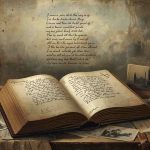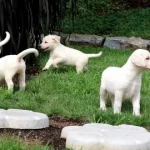Poems about World War II conveys feelings that no war photo in the trenches or military dispatch could ever completely convey.
From the poet soldier composing lines in a trench to the mother composing lines by candlelight, these poems possess raw candor and eternal elegance.
Not merely literature but highly personal accounts of wartime life, they reflect the experiences of a generation through personal narratives.
These poems were a means of coping for many. Some of the writers derived comfort from words, using them as letters home. Others employed their stanzas as protest, wondering why so much agony was called for.
In either case, these poems serve as a bridge between readers in today’s time and the history of the 1940s.
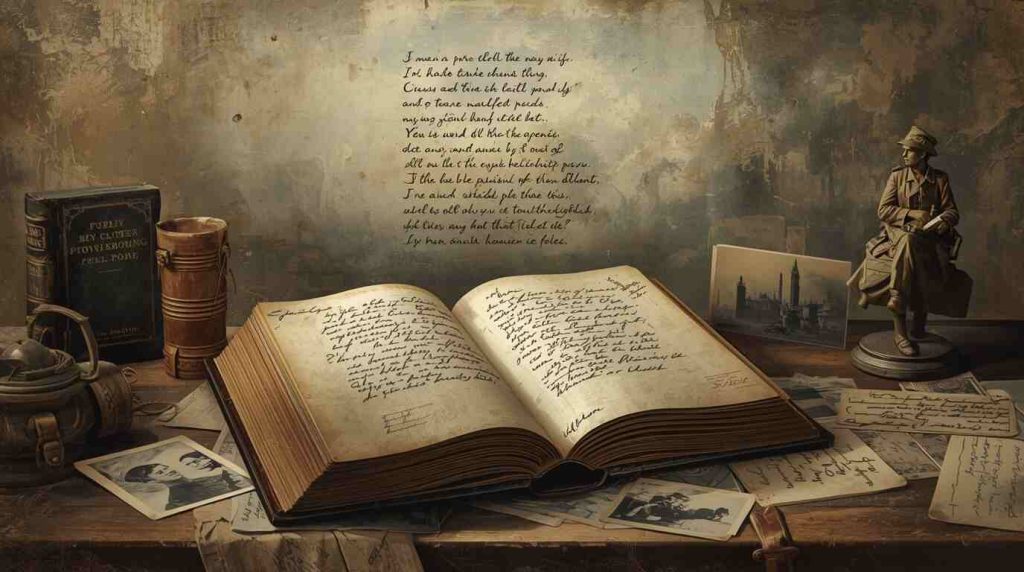
List of Famous WWII Poems
A few stand apart not only because of their beauty but because of the way they evoke the time. They’ve become required reading for anyone seeking to grasp the human experience of the war.
From troops who penned poetry during leisure moments to iconic poets who define literature, these works show that art can flourish even in fertile ground. Collectively, they remind us of the strength of the human spirit.
“The Death of the Ball Turret Gunner” Randall Jarrell
This short but chilling poem captures the vulnerability of a soldier inside a bomber. Its stark imagery and brutal honesty have made it one of the most famous war poems ever written.
“Dulce et Decorum Est” Wilfred Owen (read during WWII though written in WWI)
While technically a WWI poem, Owen’s work was widely read by soldiers and civilians in WWII. Its anti-war message resonated deeply, reminding readers of the true cost of battle.
“Vergissmeinnicht” – Keith Douglas
This poem paints a haunting scene of a dead German soldier found with a love letter. It forces readers to see the humanity in the so-called enemy, making it unforgettable.
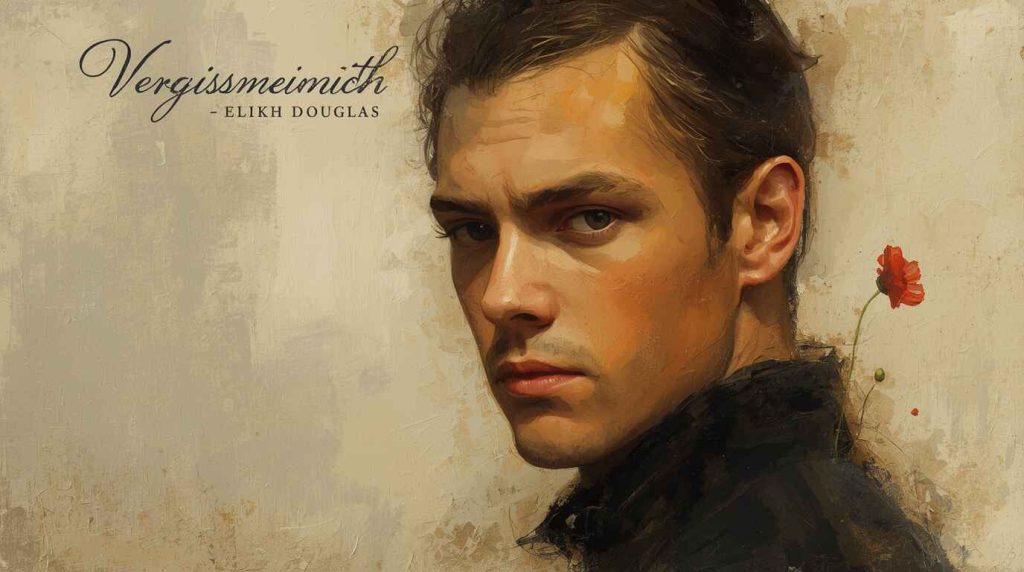
“September 1, 1939” – W.H. Auden
Written at the very start of the war, this poem reflects both dread and clarity. Auden questions human choices and the shadow of totalitarianism, offering wisdom still relevant today.
“For the Fallen” – Laurence Binyon
Often recited in remembrance ceremonies, this poem honors the soldiers who never came home. Its lines are timeless, echoing across memorials worldwide.
Unique Structures by Source
1. Poetry Foundation – The Poetry of WWII
Poems Arranged by Year
1939: Early poems reveal fear, uncertainty, and the looming storm of war.
1940: Verses capture air raids, rationing, despair, and resilient spirits.
1941: Poetry shifts to global unity, soldiers departing, and families torn apart.
1942: Themes center on endurance, harsh battles, rationing, and survival.
1943: Mixed tones—victories inspire hope while endless loss brings sorrow.
1944: D-Day poems balance triumph with grief for the heavy cost of freedom.
1945: Closing poems mourn the dead, question atomic war, and plead for peace.
2. Poem Analysis – Poems About WWII
One of the standout aspects of this source is how it emphasizes lessons from history. These poems aren’t just about soldiers and battles they highlight the consequences of hatred, prejudice, and unchecked power. Readers are reminded that war isn’t a distant story but a warning still relevant today.
Through detailed analysis, this collection shows how poets used different voices and tones. Some verses are sorrowful laments, while others burn with anger. Together, they serve as a reminder that literature isn’t just about beauty it’s about truth, even when that truth is painful.
3. The Teaching Couple – 30 Poems About WWII
Poems by Poetic Form
Free Verse
Free verse poetry conveys the unadorned, raw feelings of the moment. Without any rules, free verse is often as close to a diary entry as writing can get disorganized, truthful, and intimate. Free verse was used by writers to write about bombings, starvation, and missing loved ones.
Haiku
Some poets condensed their emotions into only three lines. A haiku concerning a war scene may detail smoke, stillness, and a solitary shattered helmet. In such brevity, these poems encapsulate the evocative simplicity of combat moments.
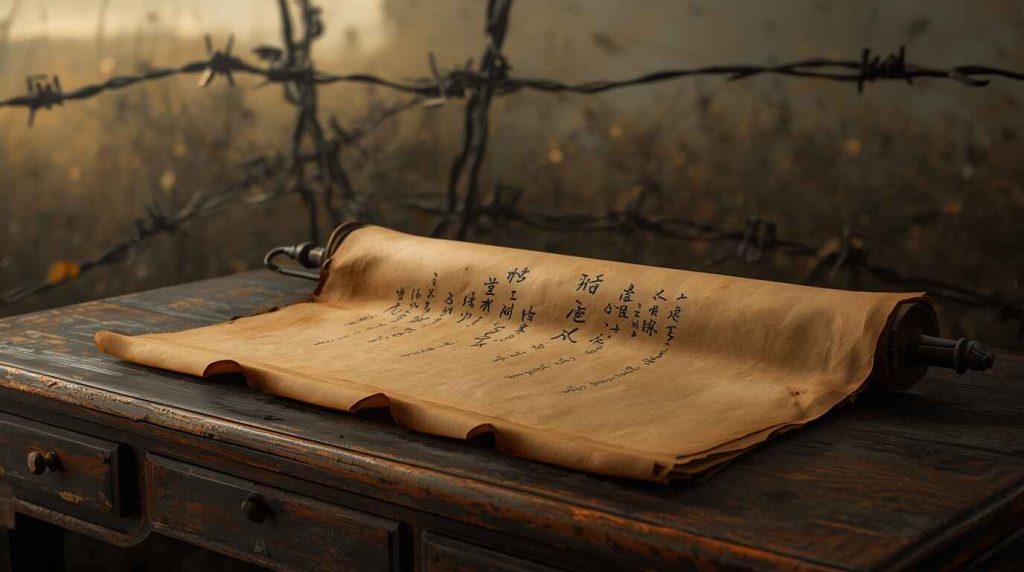
Limerick
Limericks might appear out of place during war, but amidst gloom, human beings used humor to cope. Witty verses were sometimes penned by soldiers as a means to brighten moods, and it was shown that laughter still prevailed even in tragedy.
Tanka
Tankas developed the haiku form further, providing greater space for description. Tankas describe landscapes—destroyed villages, snowy trenches, or empty cities—depicting beauty and destruction together.
Sonnet
The formal sonnet provided poets with a means of imposing structure on anarchy. Sonnets during WWII often combine themes of war and love, usually in the form of letters to sweethearts left behind. They remind us that even during the bleakest of times, love was a source of resilience.
Villanelle
Villanelles, with their repeated lines, suited the rhythm of war memories. The form echoes the repetition of loss and longing. These poems emphasize how memories of war linger, looping endlessly in the minds of those who lived through it.
Ode
Odes provided poets with the opportunity to celebrate courage, sacrifice, or even mere human tenacity. From nurses’ celebrations to commemorative odes to killed comrades, odes became timeless celebrations that continue to evoke respect and thankfulness.
Themes of WWII Poetry
Poetry from this era doesn’t all sound the same it covers a wide range of themes, each painting a unique picture of human experience.
Some poems are unbearably sad, others carry fierce pride, and many reflect the complicated layers in between.
What unites them all is the way they make readers stop and think. Every poem serves as a small window into a massive global event, reminding us that history is made of individual lives and voices.
What brings them all together is the manner in which they make readers pause and consider. Each poem is a tiny window into a colossal worldwide happening, a reminder that history consists of individual voices and lives.
Suffering and Loss
Of all the recurring themes, perhaps the most universal is one of loss. These poems express sorrow.
They speak of families torn asunder, soldiers who died in combat, and communities leveled to the ground. Rather than numbers, they provide faces and names, making loss personal.
Courage and Heroism
One of the repeated themes is courage—grand at times, quiet at others. From troops who charged into harm’s way to civilians who remained steadfast even under bombing raids, these poems honor acts of strength that preserved hope.
Memory and Remembrance
Post war, poetry served the purpose of remembering. Authors did not wish the world to forget the victims of sacrifice or the atrocities they had to go through.
These poems function like memorials, making sure that decades even after, the voices of 1940s echo through.
Conclusion
When you read poems about World War II, you’re not just exploring history you’re stepping into the hearts of those who lived it. These works carry lessons about courage, grief, and humanity that remain vital today.
Whether written in free verse or structured as a sonnet, these poems remind us that words can heal, protest, honor, and preserve memory. Long after the battles ended, the verses remain, whispering truths the world must never forget.
To explore more timeless literary insights and global expressions through poetry, visit EnglishFronter, where words bridge the past and present with meaning and emotion.
FAQs
A WWII poem often reflects the pain of loss, the horrors of battle, and the resilience of human spirit during the war.
Poetry became a way to document experiences, inspire hope, and express both grief and patriotism.
It gave soldiers and civilians a voice to share emotions, preserve memories, and find strength amid chaos.
Works like Keith Douglas’s Vergissmeinnicht and Henry Reed’s Naming of Parts vividly capture wartime reality.
They wrote about sacrifice, fear, courage, destruction, and the longing for peace.

